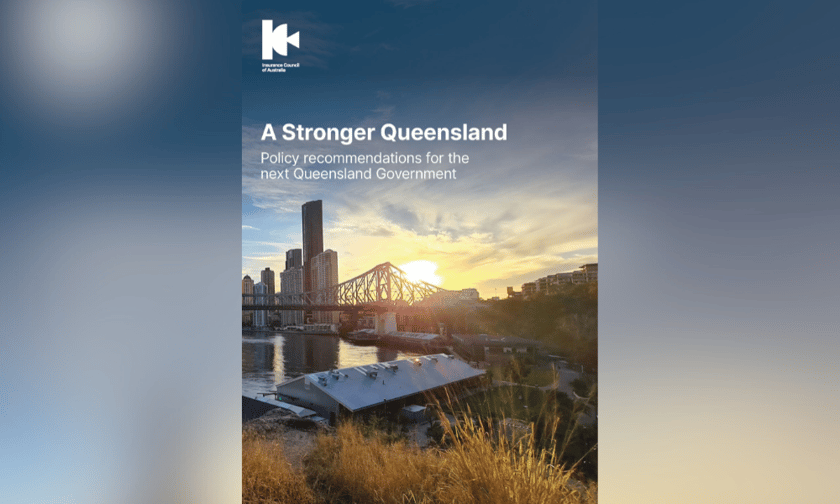

The Insurance Council of Australia (ICA) has called on the Queensland government to abolish stamp duty on insurance premiums, stating that the change could reduce costs for policyholders by up to 8%.
The recommendation is part of the ICA’s A Stronger Queensland report, released ahead of the October state election, which outlines a series of policy reforms aimed at making insurance more affordable and improving disaster resilience.
Queenslanders are currently subject to both the Goods and Services Tax (GST) and stamp duty on their insurance, with the latter expected to generate $1.7 billion in the 2023-24 financial year. This marks a sharp increase from just over $1 billion in 2019-20.
Over the past five years, Queenslanders have paid a total of $6.4 billion in stamp duty on insurance premiums.
The ICA argues that removing this tax would provide immediate relief to households and encourage more people to take out insurance, which is increasingly necessary given Queensland’s vulnerability to extreme weather.
Insurers have paid out approximately $4.5 billion in claims related to natural disasters in the state over the past three years alone.
Kylie Macfarlane, chief operating officer of the ICA, emphasised the financial burden of taxing insurance premiums.
“At a time when insurance is needed more than ever, it’s madness that state governments tax homeowners and renters for taking out insurance to protect themselves,” she said.
She said that eliminating the 9% stamp duty would be the most direct way to reduce premiums for consumers.
Should the government choose to retain stamp duty, the ICA is pushing for revenue from the tax to be invested in disaster mitigation initiatives.
According to ICA research, a five-year, $730 million investment in such projects would lead to $6.3 billion in savings.
The insurance watchdog pointed to successful programs like the Resilient Homes Fund as examples of how government funding can improve disaster preparedness and reduce the long-term costs of recovery.
The report also included recommendations for:
Additionally, the ICA has proposed changes to allow interstate tradespeople to work in Queensland after disasters to help meet the increased demand for repairs and rebuilding.
On a national level, rising insurance costs have become a significant issue for homeowners.
Recent data from Canstar suggested that Australians could save an average of $819 annually by switching home insurance providers, with potential savings exceeding $1,000 in Queensland and the Northern Territory. In contrast, residents in states like Western Australia, New South Wales, and Victoria might save between $500 and $700 by changing insurers.
The broader issue of insurance affordability continues to grow, particularly in high-risk areas.
A report from the Actuaries Institute revealed that 1.6 million Australian households are experiencing insurance affordability stress, up 30% from the previous year.
Households in regions like southeast Queensland and Northern New South Wales have seen premiums rise by more than 30%, driven largely by increasing risks from floods and cyclones.
The impact of climate change is further escalating costs for insurers, with the ICA noting that insurance losses from extreme weather events have tripled over the last 30 years.
On average, Australian insurers paid out $2.1 billion annually for weather-related claims in the late 1990s, a figure that has now doubled to $4.5 billion over the past five years.
As weather patterns worsen, the ICA is urging the Queensland government to implement the 12 policy recommendations outlined in A Stronger Queensland to address both the immediate issue of insurance affordability and the long-term challenges posed by climate change.
